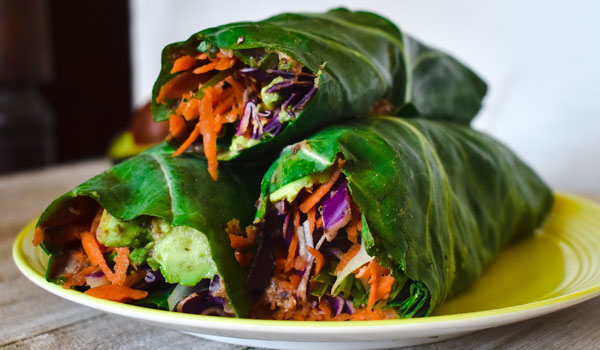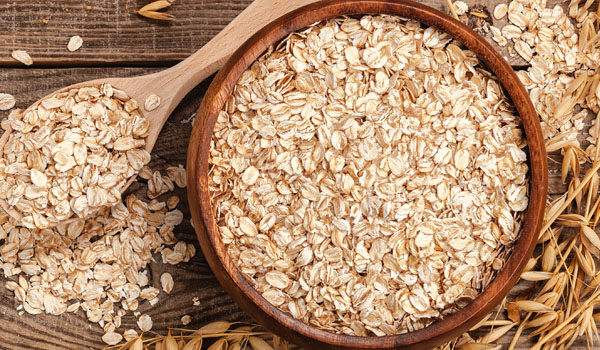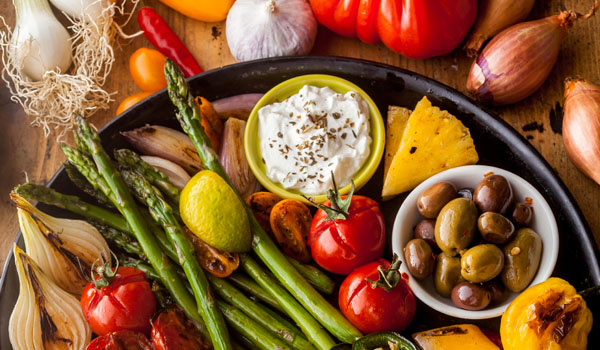Seasonal Foods In February

When you think of what’s in season the month of February your mind might wander to dark chocolate, gummy shaped hearts and red velvet cake. Although these foods are mighty tasty they are not going to provide us the nourishment our bodies need all month long. Surprisingly February offers a wide variety of vegetables that often get forgotten and overlooked in the produce department.
Leeks are at their peak in January and February. Don’t be intimidated by this large green onion looking vegetable. It has a nice mellow flavor that goes great in soups, casseroles and vegetarian dishes. Winter greens such as kale, endive, collards, and chard are perfect options for a unique texture and flavor in salads and wraps. The Clearly Organic blog has a colorful and delicious recipe for a collard green wrap.
Once you try a beet prepared well I promise you’ll go back for more. Beets are also an intimidating vegetable that most people don’t think to purchase on a regular basis. However, February is a great time to try our roasted beet recipe. They are simple and delicious.


















